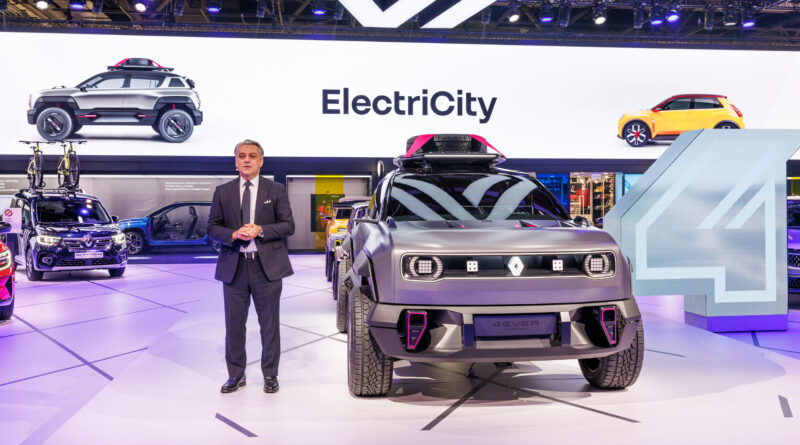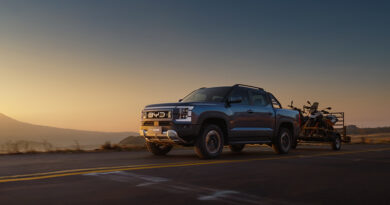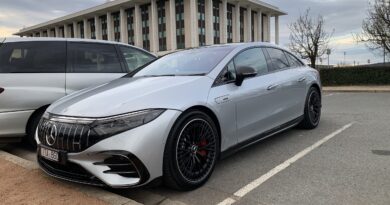Budget-priced Renault 4 and 5 EVs likely for Australia
Renault’s coming small EVs will deliver European style at Chinese prices… and they’re likely to make it to Australia.
Importer Ateco, which distributes Renault in Australia, is very interested in the production versions of the recent 4Ever Trophy (pictured above with Renault CEO Luca de Meo at the Paris motor show) and 5 Prototype concepts.
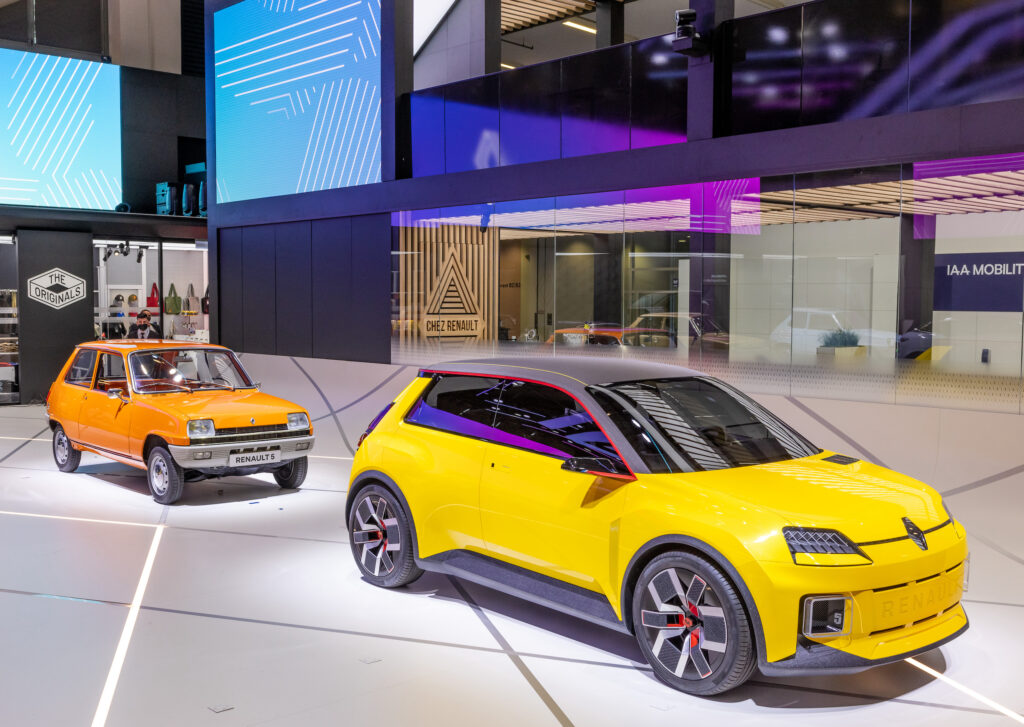
“We have our hand up for all new products from Renault made available in right-hand drive,” said Glen Sealey, Ateco’s Renault Australia general manager. “We see potential for both concepts in Australia.”
The 4 and 5 EVs will be produced in right-hand drive. Renault brand chief operating officer Fabrice Cambolive confirmed both will be global models. “When you mean global models, it’s present on all the continents, yes,” he said. Including Australia? “It should be…”
These will be affordable EVs, according to Renault Group engineering boss Gilles Le Borgne. Starting prices for the 4, a small front-drive SUV, and the 5, a small front-drive hatchback, will be between €20,000 and €25,000 he estimated.
Very roughly speaking that’s $30,000 to $40,000 Aussie, folks.
“You know the Renault brand is a pop brand, a popular brand, and we need to make mobility affordable. That’s really our role,” Le Borgne explained.
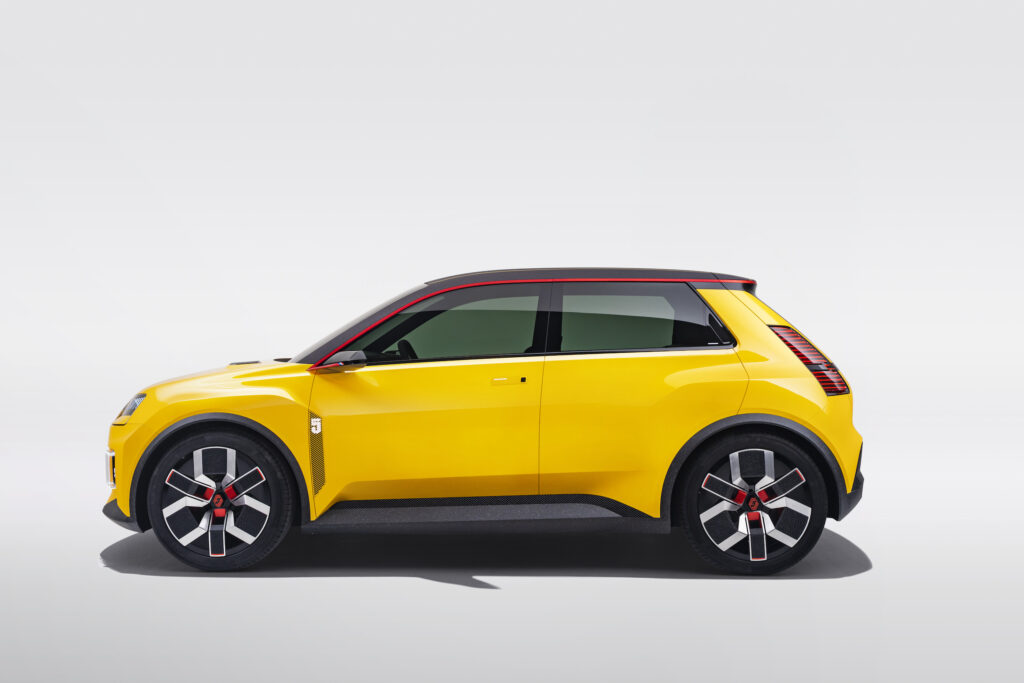
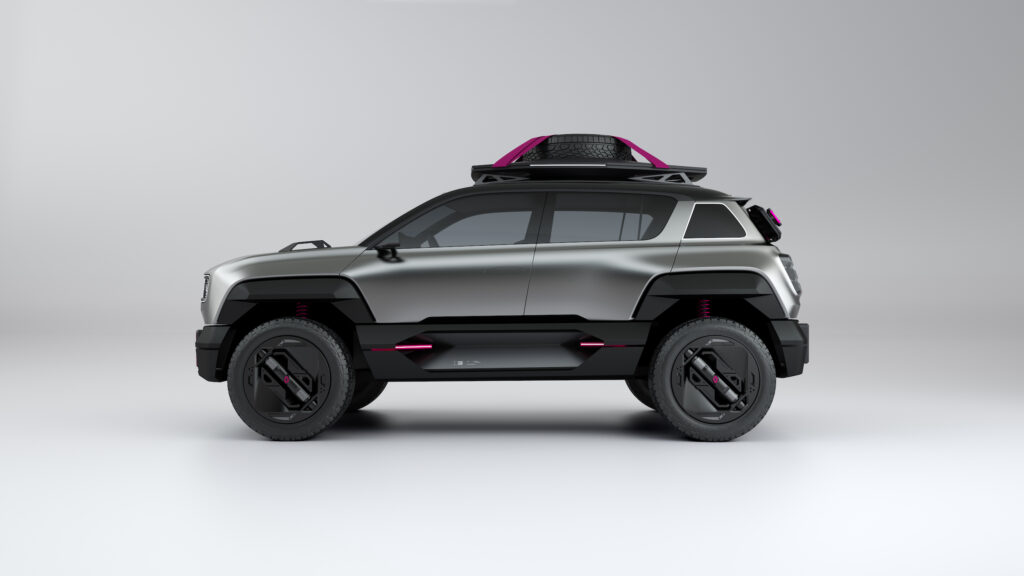
To reduce manufacturing costs both 4 and 5 production EVs will share parts with existing ICE-powered Renault Group models, Le Borgne explained.
Their rear axles will be the simple multi-link design of the Duster, the popular small SUV from Renault Group’s low-cost Dacia brand, the engineer revealed.
Heating, ventilation and air-conditioning systems, seat frames, front axles and windscreen wipers will also be the same as in other ICE models.
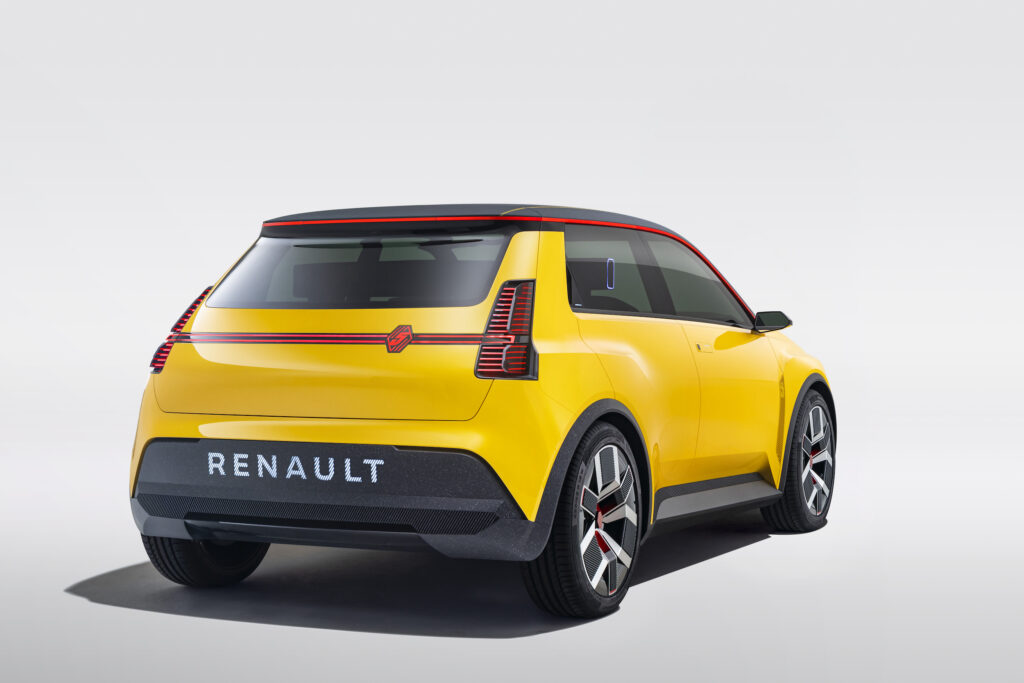
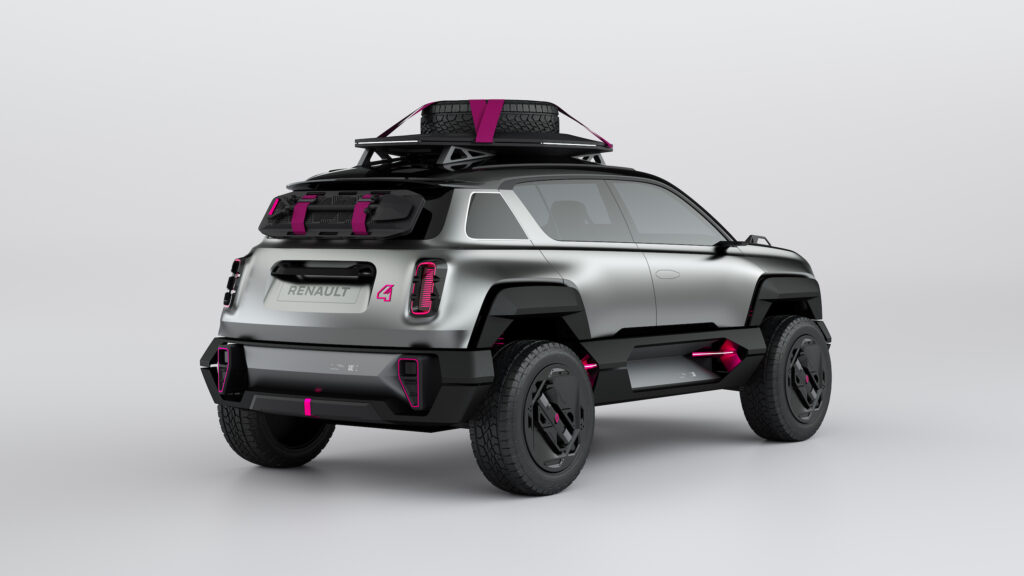
The two small Renault EVs will also share these parts with the new Micra EV being developed by Nissan. Both companies are part of the giant Renault Nissan Mitsubishi Alliance, one of the world’s largest car makers.
Manufacturing economies of scale are one part of Renault’s low-cost EV strategy, Le Borgne said, but a new and “very affordable” battery cell chemistry will also contribute. These cells will be manufactured in a new gigafactory close to the 4 and 5 assembly lines in the north of France, reducing logistics costs.
The 4 and 5 will be produced with 40kWh and 52 kWh battery packs. “We will be above 300km for the minimum battery size, WLTP,” Le Borgne promised. “And we will be above 400km for the 52kWh.”
“Regarding the charging, we will have 11kW (AC) and we will have high-power (DC) charging up to 130kW. For this type of car I think that’s a very good package.”
“On top of that we will have state-of-the-art infotainment,” he added.
Expect that to be based on the Android Automotive OS-powered system in the Megane E-Tech EV, due to arrive in Australia in the second half of 2023.
Le Borgne is a cost-focused engineer, but knows that design is even more important when it comes to attracting customers to the 4 and 5 EVs.
“First of all they are cute,” he said. “Those ones will be successes, for sure. Styling is still the first reason to buy.”
The 4 and the 5 both draw design inspiration from mass-market models from Renault’s long history, the 4L from the ’60s and the 5 from the ’70s.
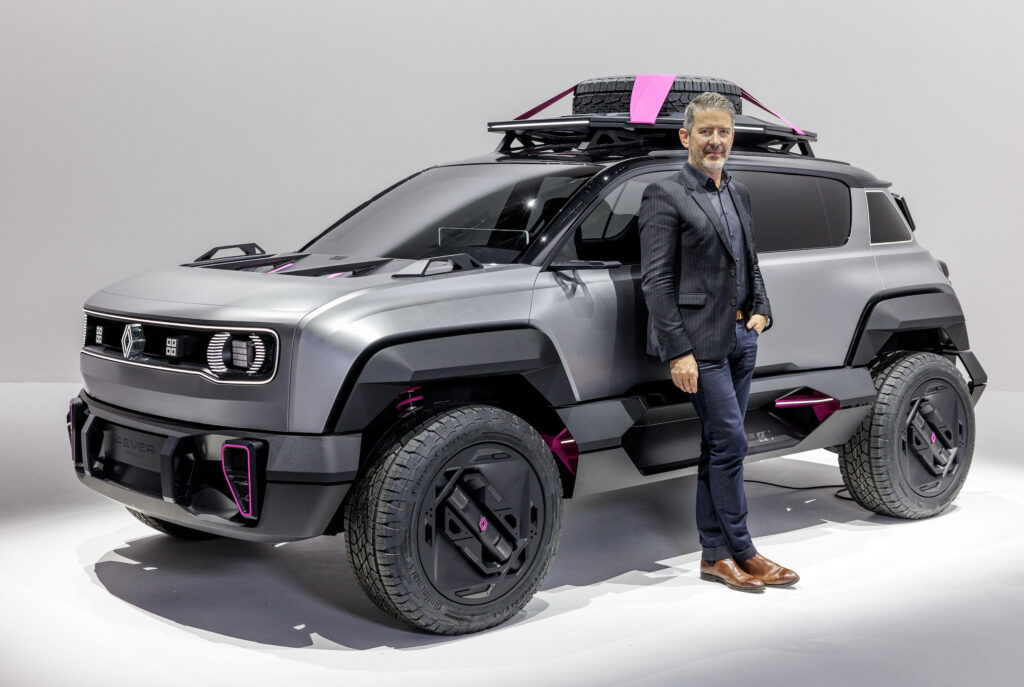
Renault design chief Gilles Vidal described the design of the production 4 and 5 EVs as “retro-futuristic”.
What does this mean? “Even if you don’t care about the history of the 4L, or you don’t know the car at all, it needs to be appealing for what it is, not for what it connects to in the past,” Vidal says.
Both the 4Ever Trophy, revealed at the recent Paris motor show, and the earlier 5 Prototype concepts are accurate indicators of how Renault’s coming small EVs will look.
“We camouflaged it a lot,” said Vidal, referring to the high-riding 4Ever Trophy’s deep door sills, large wheels, roof-mounted spare tyre, and other rally-raid style additions.

“If you put this back to the floor, with normal wheels and less extreme cladding,” the designer said, you’re looking at what Renault will build from 2025. “It’s not just a little bit close; it is actually production.”
Same goes for the 5 Prototype concept, revealed last year, which is a “95 percent” accurate guide to the production version due in 2024. “It’s only a matter of a few centimetres,” Vidal revealed. “It’s really the same car.”
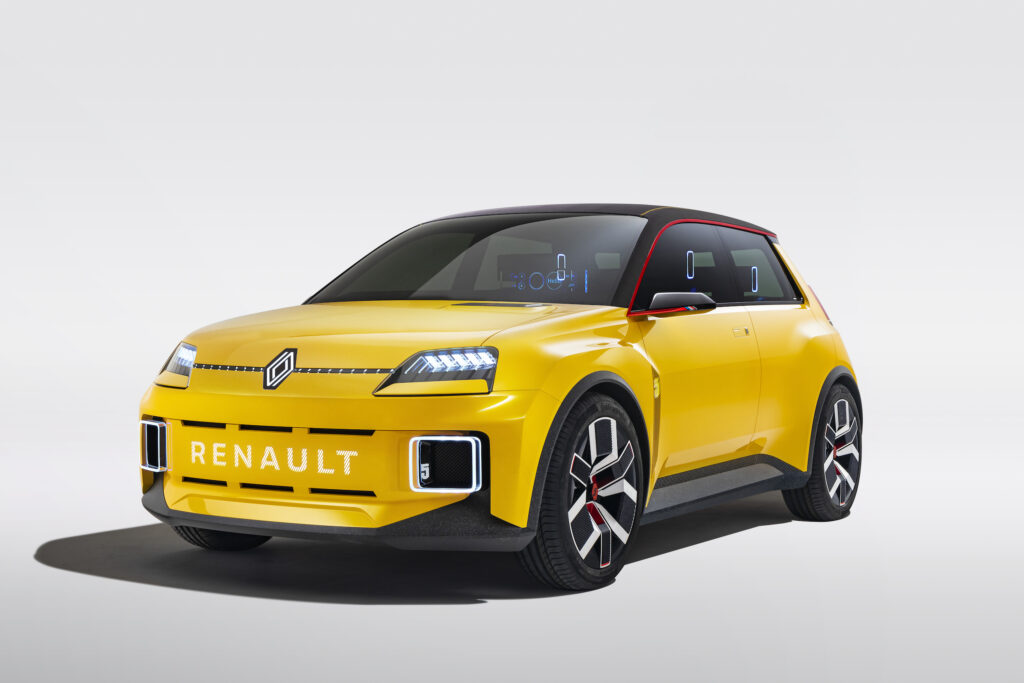
So how close to that aforementioned $30,000 to $40,000 pricing would the 4 an5 EVs be in Australia? Sealey warned it’s unwise to make a direct translation.
“In terms of pricing, it’s not so simple,” the Ateco exec said.
“Australia tends to take higher specification product, we have significant freight costs, plus we must meet the engineering costs of unique Australian Design Rules.”
Even with these factors taken into account, these small Renaults clearly have the potential to make European design sophistication much more accessible to Australian EV buyers than it is today.

